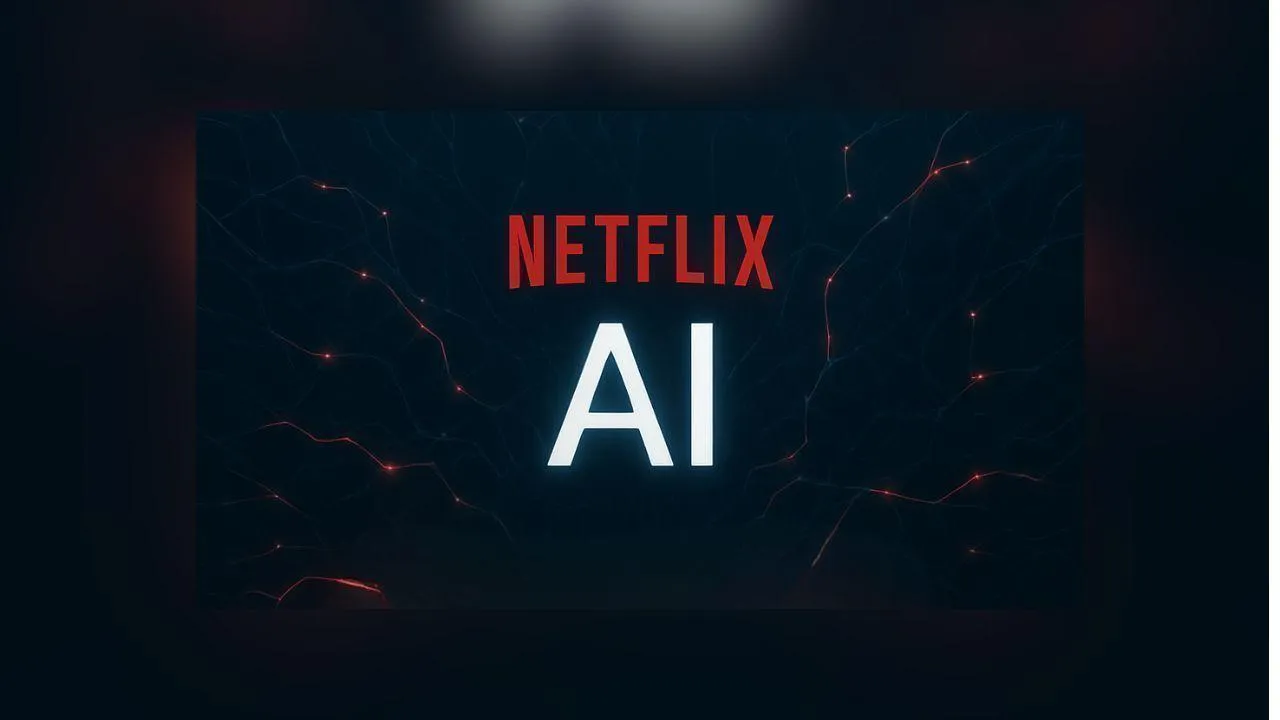Edward Saatchi, best known as a cofounder of Oculus Story Studio, is betting big on AI entertainment with his latest project, Showrunner. Backed by Amazon funding, the platform positions itself as the “Netflix of AI,” but instead of watching, users will be creating prompts to generate short animated shows.
What is a Showrunner?

Currently living on Discord, Showrunner lets users pick characters, art styles, and environments, then type prompts describing what happens next. The AI, powered by Fable’s SHOW-1 model, churns out short animated clips, complete with stiff visuals and robotic voices.
For now, the clips are tied to Fable’s in-house properties, like Exit Valley, a parody mash-up of Silicon Valley and Family Guy. Saatchi says the long-term goal is to license big IPs like Star Wars or Disney characters, letting subscribers create new scenes and stories inside familiar worlds.
The plan behind the ‘Netflix of AI’
Unlike other AI studios trying to quietly insert generative tools into film production, Showrunner openly embraces audience participation. Users essentially become co-creators, though studios would still own the IP and any AI-generated content. Subscriptions are expected to cost $10–$20 per month once the free trial period ends.
Saatchi compares the model to Roblox or Fortnite Creative, where fans generate endless user-made maps and scenarios. But in the Showrunner’s case, subscribers pay for the privilege of producing AI-made shows, blurring the line between entertainment and unpaid labor for the studios that license their IP.
Saatchi’s pitch: AI as a new medium
Saatchi insists Showrunner is about more than saving studios money. He calls it a new form of media, arguing that the “Toy Story of AI” won’t be a film but something “playable” and interactive. He says Fable still relies on human artists for assets, acknowledging that something vital is “clearly lost” without them.
Critics, however, see a familiar pattern: a system that outsources creativity to fans while funneling value back to major corporations. For now, Showrunner remains a rough experiment, producing awkward clips that feel closer to fanfiction than finished shows.
Still, Saatchi is confident. “Cinema wasn’t about saving money on theater productions,” he says. “It was disruptive. Generative AI can be the same if we let it.”
Whether Showrunner truly becomes the Netflix of AI or just another curiosity will depend on whether audiences embrace making prompts as eagerly as they once embraced streaming.














